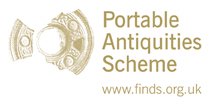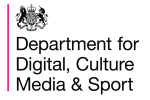Server check!
You are on the training database
Discovery and Reporting of Treasure

When someone discovers an artefact or coins that she or he believes meets the criteria for Treasure they have 14 days within which they should notify the Coroner in that district.
Most people who find potential Treasure take the item to their local Finds Liaison Officer (FLO) who can not only aid in the initial identification of the find but can also report the find to the Coroner on behalf of the finder. The FLO will also report the find to the Treasure Section at the British Museum (in England) or the National Museum Wales, who will issue a unique Treasure reference number for the find. This Treasure number will serve as the constant identifier throughout the process, so please take note of it.
Sometimes it may be difficult to determine whether the find is likely to be Treasure, and the FLO will wish to consult with colleagues before reporting it, because if there is no need to report it, a lot of time will be saved.
The FLO will need to know certain information in order to report the find to the Coroner, including:
- the find spot: the Code of Practice says that the find spot should be accurate to at least a 6-figure National Grid Reference (NGR)
- date of find
- the name, address and phone number of any finders
- the name, address and phone number of the occupier of the land
- the name, address and phone number of the owner of the land
When the FLO reports the find to the Coroner, the finder should receive acknowledgement from the Coroner's office that the find has been reported.


